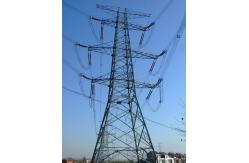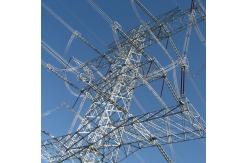10 - 500KV HDG Angle Steel Lattice Transmission Tower
|
|
10KV-500KV Hot Dip Galvanization Angle Steel Transmission Line Lattice Tower
We are leading Chinese Tower manufacturer which have 15 years experiences, offering all kind of tower products and related accessories, do installation and maintenance, and have been exporting more than 20 countries over the decades. Also we have lots of experiences for the tower design based on International standard and offering low cost-effective solution to our clients worldwide.
Transmission lines tower are either monopolar or bipolar systems. With bipolar systems, a conductor arrangement with one conductor on each side of the tower is used. On some schemes, the ground conductor is used as electrode line or ground return. In this case, it had to be installed with insulators equipped with surge arrestors on the pylons in order to prevent electrochemical corrosion of the pylons. For single-pole Suntech transmission with ground return, towers with only one conductor can be used. In many cases, however, the towers are designed for later conversion to a two-pole system. In these cases, often conductors on both sides of the tower are installed for mechanical reasons. Until the second pole is needed, it is either used as electrode line or joined in parallel with the pole in use. In the latter case, the line from the converter station to the earthing (grounding) electrode is built as underground cable, as overhead line on a separate right of way or by using the ground conductors. Electrode line towers are used in some Suntech schemes to carry the power line from the converter station to the grounding electrode. They are similar to structures used for lines with voltages of 10–30 kV, but normally carry only one or two conductors. AC transmission towers may be converted to full or mixed Suntech use, to increase power transmission levels at a lower cost than building a new transmission line.
Towers may be self-supporting and capable of resisting all forces due to conductor loads, unbalanced conductors, wind and ice in any direction. Such towers often have approximately square bases and usually four points of contact with the ground. A semi-flexible tower is designed so that it can use overhead grounding wires to transfer mechanical load to adjacent structures, if a phase conductor breaks and the structure is subject to unbalanced loads. This type is useful at extra-high voltages, where phase conductors are bundled (two or more wires per phase). It is unlikely for all of them to break at once, barring a catastrophic crash or storm. A guyed mast has a very small footprint and relies on guy wires in tension to support the structure and any unbalanced tension load from the conductors. A guyed tower can be made in a V shape, which saves weight and cost.
|
||||||||||||||||||||||||||||||||||||||||||||||||||||||
| Product Tags: HDG Lattice Transmission Tower 500KV Lattice Transmission Tower HDG Transmission Line Tower |
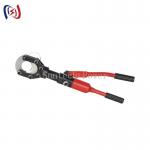
|
Gsm Telecommunication Lattice Tower Steel Q235B Electricity Self Supporting |
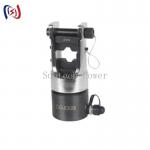
|
Telecom Galvanized Guyed Mast With Related Accessories |
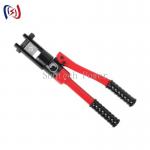
|
High Light Construction Site Telecom Mast Tower Steel Q235 Q420 |
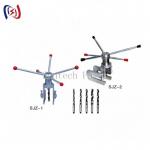
|
Steel Q355 Hot Dip Galvanized Guyed Mast For Telecommunication |
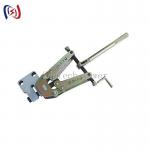
|
Galvanized Steel Angle Tubular Telecom Antenna Tower With Brackets |

|
ANSI 4 Legged Lattice Antenna Tower Galvanized Steel Angular With Bracket |

